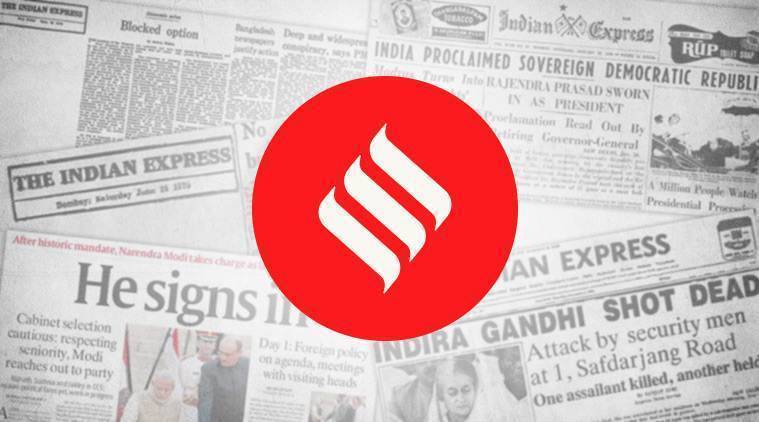 As the details of Monday night’s encounter in the Galwan Valley come into view, there is growing national outrage at the killing of the Indian soldiers who went on a disengagement mission.
As the details of Monday night’s encounter in the Galwan Valley come into view, there is growing national outrage at the killing of the Indian soldiers who went on a disengagement mission.
As the details of Monday night’s encounter in the Galwan Valley come into view, there is growing national outrage at the killing of the Indian soldiers who went on a disengagement mission. Adding insult to injury, senior Chinese military officials, diplomats and the political leadership have put the blame squarely on India. But as the South Block statement put it, it was the PLA that sought to alter the status quo and a more responsible approach on Beijing’s part would have avoided significant number of deaths on both sides — Chinese soldiers took “pre-meditated and planned action” that was directly responsible for Monday’s clash, Foreign Minister S Jaishankar has told his China counterpart Wang Yi in a phone conversation. While blaming the Indian Army for the unfortunate confrontation on Monday night and warning Delhi that it is prepared for further escalation, Beijing continues to offer talks to defuse the situation. This classic Chinese ploy that combines military aggression with appearances of political moderation calls for a sophisticated Indian response.
Prime Minister Narendra Modi’s brief remarks on Wednesday, the first since the crisis broke out on the border in early May, sought to balance India’s desire for peace and de-escalation on the one hand and its determination to vigorously respond to Chinese provocations on the border. India’s leadership is fully conscious of the demands at home for retribution similar to the Indian bombing of a terror camp at Balakot in Pakistan last February following a terror attack on Indian soldiers at Pulwama in Kashmir. But it understands that reactions based on anger, however legitimate it might be, cannot be part of any sensible Indian strategy. India faces a very different set of circumstances on the northern frontiers with China than the one it faces on its western borders. Unlike Pakistan, which is much weaker than India and was vulnerable to multiple pressures, China is a much stronger military power than India.
A rash military response to the unacceptable incident at Galwan could inevitably lead to military escalation at multiple points on the contested frontier where the two armies are standing toe to toe. The economic costs of such an escalation would indeed be substantive and the political consequences severe. That does not mean Delhi should accept the new facts on the ground created by the People’s Liberation Army. The principal political objective of the Indian statecraft today is to restore the status quo that prevailed in eastern Ladakh and elsewhere before China’s expansive forward push in April. A three-fold strategy is critical for the realisation of that goal. One is the political will to escalate the military confrontation if it becomes necessary; second is the closing of domestic ranks and the demonstration of national resolve to bear the economic and political costs of escalation; and finally, the commitment to a sustained dialogue to complete the process of disengagement that was agreed upon earlier this month. In short, Delhi’s message to domestic and international audiences must be a simple yet credible one — that India will do whatever it takes to restore the status quo ante on the northern frontiers.